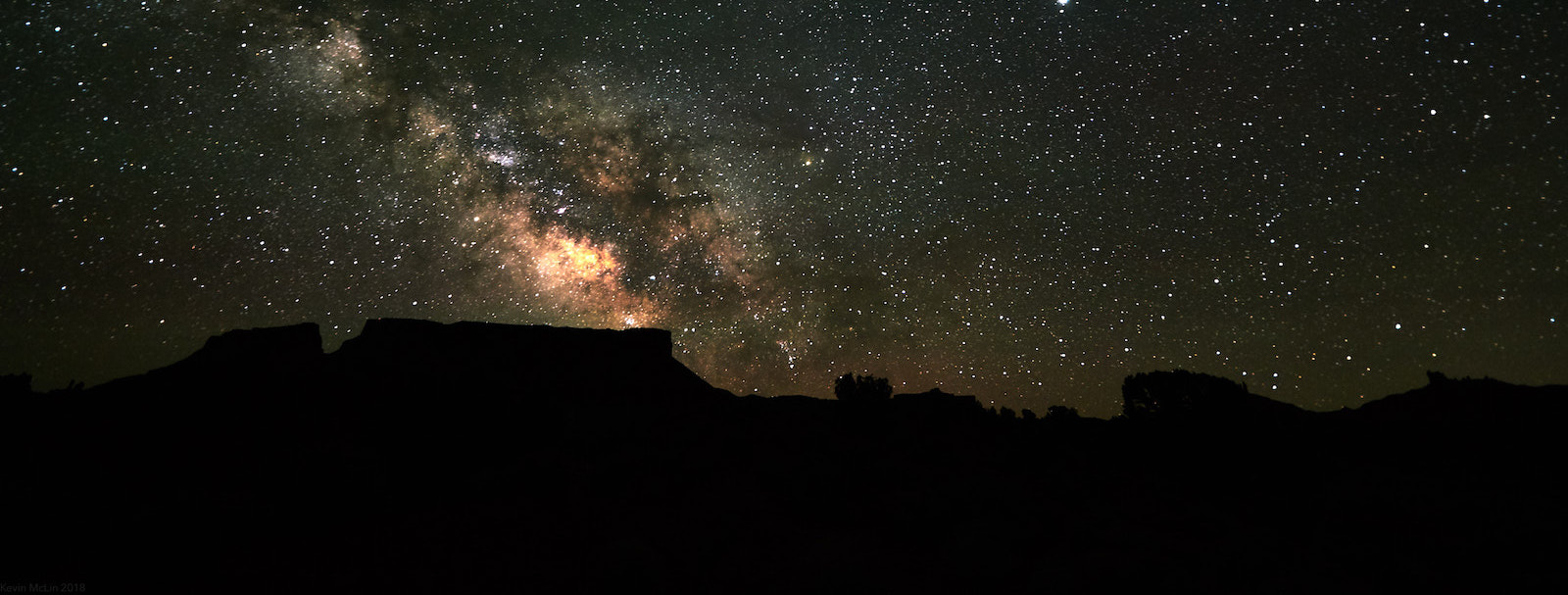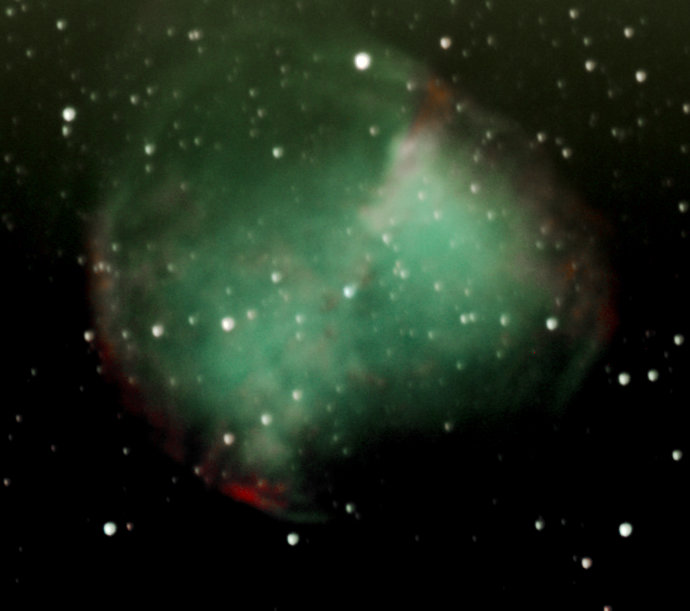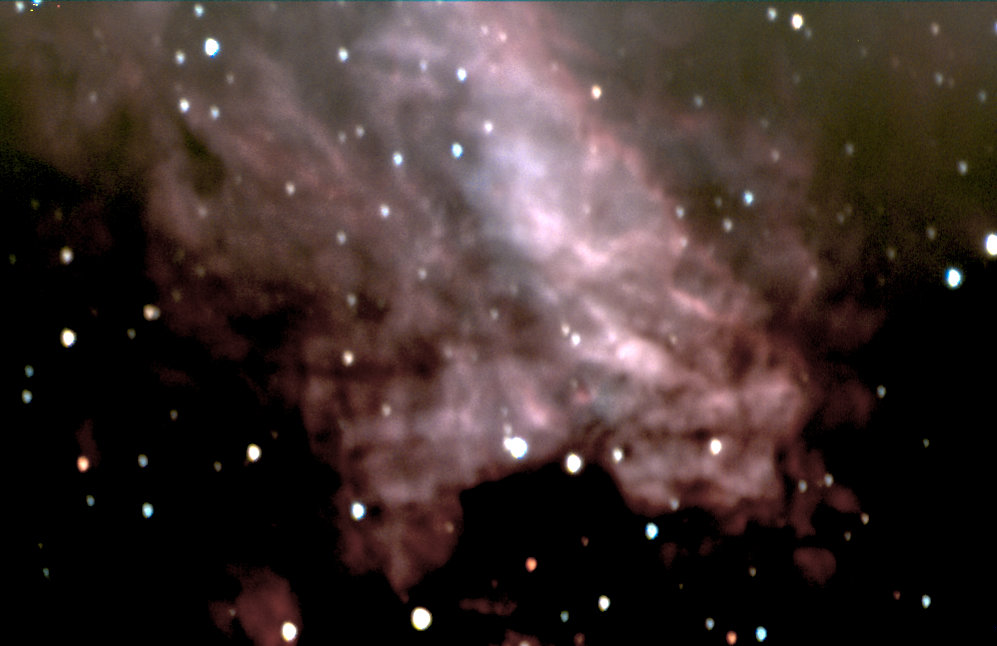

- © 2024 Kevin McLin / Starwerk 0


Here you will find a set of resources that can help you enjoy the night sky, prepare for venturing into the outdoors and what you should bring along for our programs in order to be safe and comfortable.
Different parts of the sky are visible at different times of the year
This has to do with Earth's motion around the Sun. See our Article on What Stars Are Visible At Different Times Of Year to understand why. In addition, objects like planets, the Moon and comets have motions of their own. They wander against the background stars constantly. In fact, the word "planet" is based upon the Greek word for wanderer.
The stars themselves are much easier to keep track of. They are in the same place in the sky on a given day at a given time, and changes in their posiitons are only noticeble over immensely long times. You might even say that the stars move like clockwork.
The primary thing to keep in mind is that the seasons in the north and south are reversed: winter in one is summer in the other, and the same for spring and fall. Also, objects that are viewed toward the south from the Northern Hemisphere might be straight overhead, or even viewed toward the north, from a location the Southern Hemisphere. It just depends on the partiuclar celestial object and the location of the observer. These are just things to keep in mind.
The rest of this section gives a general outline of what you can expect to see at different times of year. Keep in mind that the sky visible from the Northern Hemisphere differs from that visible from the Southern Hemisphere, especially the parts of the sky closer to the poles. Our discussion will be mostly concerned with the Northern Hemisphere because that is where we (at Starwerk) are located. At the bottom of the page we link to a few other websites that keep track of things like the phase of the moon, the location of the planets and other changeable aspects of the sky.
The Milky Way is visible in the Northern summer
The times given above are for the brightest part of the Galaxy, toward its core. The other side of the Milky Way, the part opposite the core, is visible in the winter evenings running between the constellations Orion and Gemini and up past the bright star Capella. The parts of the Galaxy visible at this time of year much fainter than the parts of the Galaxy seen in the Northern summer. However, if you are in a region with dark skies you will still be able to see it.
We should also make clear that we are discussing when the Galaxy is visible in the evening. These hours tend to be more convenient for people. However, you can also view the Galaxy for several months earlier if you are willing (and able) to go out in the pre-dawn hours.
Since the Galaxy is easily visible at the times above, all the kinds of objects that are associated with it are also visible. These include open clusters, bright nebulae like HII regions, planetary nebulae, etc. All of these sorts of objects are associated with stars - often young stars, and those are mostly confinded to the galactic disk. An exception to this rule are globular star clusters. They are not part of the Glactic disk at all, they are part of the halo. However, since the halo is centered on the disk, there are many globular clusters visible when the summer Milky Way is visible, but they are visible at other times, too.
Of course, when the Milky Way is dominating the sky, it blocks our view of objects that are not inside it - and plenty that are, actually. That means that we do not see very many galaxies durning the northern summer and winter. Galaxies other than the Milky Way are best viewed in the spring and fall, in either hemisphere, when the Milky Way is not high in the sky.
So the upshot of all this is that if you attend one of our programs in the northern summer you are likely to see the brightest part of the Milky Way, as well as lots of star clusters and regions of active star formation. If you join us in the spring or the fall, you will likely see lots of galaxies, but the brightest parts of the Milky Way will not be easy to see. In fact, they might not be seen at all. So if you have an object or set of objects that you are keen to view and discuss, be sure you book a time when your objects will be visible.
Below we give a listing by season of which objects are easy to see.

M27, the Dumbbell Nebula, is a planetary nebula in the constellation of Vulpecula. It is visible in the northern summer. (Image: K. McLin, starwerk.net)

M17, also called the Omega Nebula, is part of a large star forming region visible in the Milky Way during the northern summer. It is in the constellation Sagittarius. (Image: K. McLin, starwerk.net)
Here we provide a selection of prominent and well-known objects that are easily seen in the various seasons. Keep in mind that seasons in the Southern Hemisphere will be the opposite of these. So summer is winter, spring is fall.
The listings above are just to give an idea. They are not even close to complete. They also make it seem that the Northern Winter is not a very interesting sky. On the contrary. It is one of the most impressive skies to view by naked eye. This is because it has more bright stars collected in close proximity than can be found in any other season - though the (Northern summer) Milky Way is pretty impressive too. In any case, Starwerk does not currently plan to operate programs in the winter. It is too cold. Perhaps we will eventually expand to the deserts of Southern California or Arizona where it is warmer, and where the skies are often spectacular.
There are many resources available on the Web that list or describe what is upcoming in the night sky. Several are listed below.
Heavens Above - A listing of what us up in the sky on any given night. This is focused on visual (naked eye) observations and can be customized for location and time. Limited to solar system and Earth-orbiting objects, both natural and artificial. So if you want to know when the Hubble Space Telescope or the International Space Station will pass overhead, this is the place to check.
In The Sky has a nice listing, and a calendar, of events happening in the night sky. So does Stardate, the popular radio program.
Photographer Alyn Wallace has a YouTube channel on which he describes what will be visible in the night sky every month.
You can explore the sky on your computer to acquaint yourself with what will be visible in your area. There are several excellent planetarium software package for doing this. One of the best is Stellarium, which is free and runs on just about any computer platform. They even have a web-based port. Or if you want to go a little fancier, our favorite package is SkySafari. It is not free, but they have several different price levels with different users in mind. The entry level is quite affordable. SkySafari runs on Mac OS and even comes in versions for mobile devices. The same company offers another package called Starry Night that runs on both Mac and Windows. And there are other packages, too, but these are the ones we use and know best.
Find a dark sky area near you. Starwerk supports the efforts of the International Dark Sky Association to preserve and promote dark skies around the globe. Visit their website to find a dark sky area near you... Or to at least to find the closest one, even if none are particularly nearby.